Lebanon is facing the most serious economic crisis since the end of the civil war (1975-1990), leading to an unprecedented financial collapse.
Deputy Prime Minister Saadé Chami was clear: “the State and the Banque du Liban (BDL) are bankrupt”. He used the word “bankruptcy” because he felt that the losses, estimated at 72 billion dollars, should be distributed among “the actors concerned” (the State, the BDL, the banking sector and the depositors), without returning in the detail of the distribution.
According to economist Mathieu Plane, “for a country, we speak of default of payment, because unlike a company, there will be no judicial liquidation. This default occurs when the country can no longer repay its debt, partially or fully”. When a country’s debt is no longer sustainable, as in Lebanon, it is because growth is insufficient to pay the interest on the debt.
The threshold is different for each country and often depends on how the debt is structured. The consequences are serious since the insolvency of the State most often leads to a dysfunction of the national banking system, currency devaluations and the non-payment of salaries of civil servants.
The Lebanese state is facing internal difficulties and requires the intervention of external actors. Which ? How?
Anton Brender, Director of Economic Studies at Candriam Investors Group, explains that management is done on a case-by-case basis for States in default of payment because “we are talking about the repayment of debts but there are sometimes countries which just no longer have no money in their coffers, even to buy medicine or food”.
Generalized impoverishment
Since 2019, the Lebanese population has plunged into widespread impoverishment. Adib Nehmé, consultant on development issues at the United Nations Economic and Social Commission for Western Asia (Escwa) based in Beirut, believes that without deep political reforms, the current crisis risks becoming structural. According to this UN body, 82% of Lebanese live below the poverty line. In 1998, the United Nations Development Program (UNDP) spoke of 32% and in 2005, more than 25%.
According to the World Bank, the contraction in per capita GDP was 40% and 20.3% of GDP in 2020, with unemployment reaching more than 40%. The public debt, for its part, exceeded 400% of GDP, which led in March 2020 to default on the payment of the public debt. Since then, the Lebanese have not seen the end of the tunnel with inflation, currency devaluation and banking crisis. For nearly two years, banks have imposed caps and restrictions on depositor withdrawals in foreign currencies, particularly the dollar.
This crisis has its origins in the model chosen in the 1990s/2000s with extreme financialization. The financing of the real economy was based on the increase in public debt. The latter being held by private banks. The agricultural sector has been sidelined, resulting in immense dependency because 80% of food is imported. The Lebanese “bankocracy” has strengthened the links between the great families of political life and the financial elites.
IMF aid plan
The IMF announced last week that it had reached an agreement with the Lebanese government for three billion dollars in aid over four years. The leaders “agreed to undertake several essential reforms before the meeting of the board of directors of the IMF” to which the aid plan will be submitted for approval. The government must in particular have Parliament adopt a text aimed at restructuring the banking sector and “reviving the process of restoring the financial sector, which is fundamental to sustaining growth”, according to the IMF.
Banking secrecy is in the line of fire in order to fight against corruption. Nasser Saïdi, a former vice-governor of the Central Bank of Lebanon, was skeptical on Twitter: “It’s good news if the monetary-fiscal-structural and governance reforms are carried out. Very unlikely!” .
In May 2020, the Association of Banks of Lebanon (ABL), called for the creation of a “debt reduction fund” in which state assets, estimated at $40 billion, would be placed to settle losses. of the banking system. A request reiterated by former minister Mohammad Choucair, now the employers’ representative, during the meeting with the IMF.
Albert Kostanian, a researcher at the Issam Fares Institute for Public Policy at the American University of Beirut, considers that this would be insufficient because the privatization of public assets would generate only 5 to 13 billion dollars. We are far from the 40 billion estimated by the banks. There is also gold. The Central Bank has reserves estimated at 17 billion dollars but it cannot dispose of them without parliamentary approval. Finally, the capital control project will have to show its effectiveness because the credibility of the Lebanese state depends on it.
Debt restructuring
Debt restructuring is necessary but complex. Refunds will be rescheduled and some debts may be erased. Anton Breder explains very well that “it is in the interest of the lender, because there is nothing worse for him than a country that fails him completely”.
The elections, scheduled for May 15, could of course have an impact on the reforms to be implemented and the crisis exit strategy. But without deep political reform and an overhaul of the system, it seems hard to believe in an economic improvement. Financial reforms risk being blocked upstream or downstream by political actors who want to protect their particular interests to the detriment of the national interest.
Source Anadolu Agency


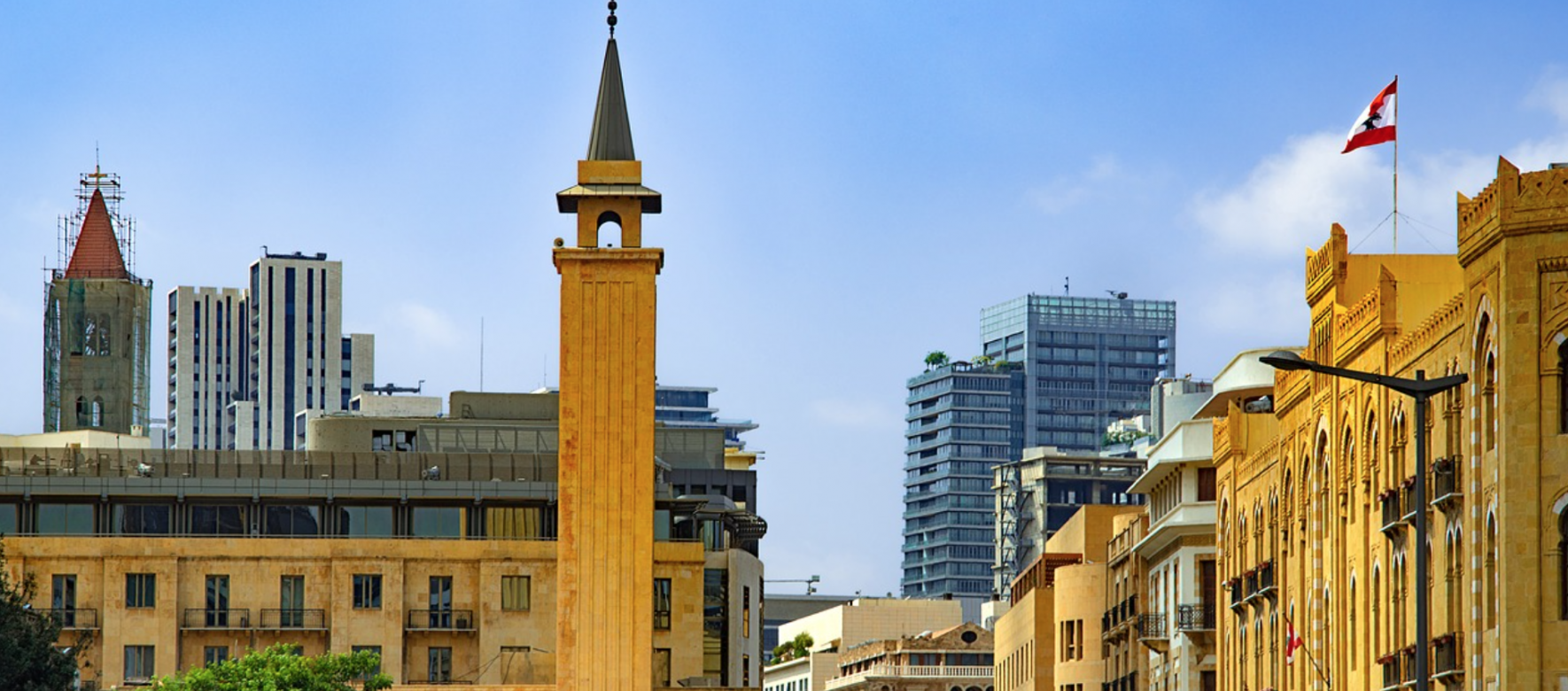
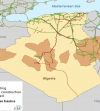

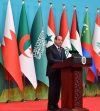
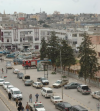

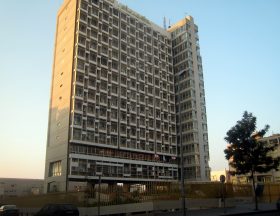
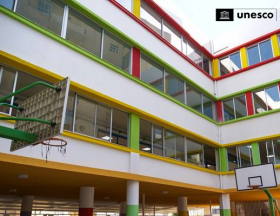
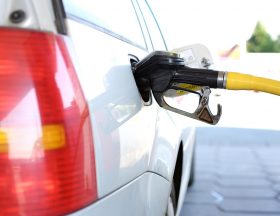
Réagissez à cet article